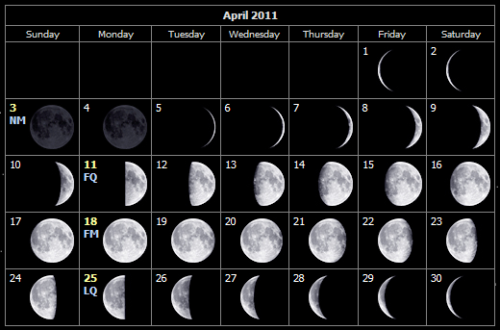Stargazing Made Simple: How to Use a Planisphere

Looking to explore the night sky but don’t know where to start?
Look no further!
In this article, we’ll show you how to use a planisphere to identify constellations and stars. With our simple guide, you’ll be able to navigate the cosmos with ease. So, grab your planisphere and let’s get started!
What is a Planisphere?
A planisphere is a simple and handy tool for stargazing that helps you identify the stars and constellations visible in the night sky at any given time of the year.
It is a circular map consisting of two rotating disks that show the stars and constellations visible from a particular location and time. One disk represents the horizon, while the other shows the sky’s stars and constellations. By rotating the disks to align with the date and time, you can easily find and identify the stars and constellations in the sky.
Learning how to use a planisphere is easy and straightforward, and it can enhance your stargazing experience by making it more engaging and informative. With this tool, you can quickly locate and identify the stars and constellations you have always wanted to see, making stargazing a fun and exciting activity for all ages.
Benefits of Using a Planisphere for Stargazing
Using a planisphere for stargazing has numerous benefits that make it a must-have tool for anyone interested in exploring the night sky.
Firstly, a planisphere is incredibly easy to use and requires no prior knowledge of astronomy. With just a few simple steps, you can quickly and accurately locate the constellations, stars, and planets visible from your location. This makes stargazing more accessible to everyone, including beginners and children.
Secondly, a planisphere is a portable and convenient tool that you can use anywhere, anytime. Unlike complicated telescopes, they are lightweight and compact, making them perfect for camping trips, backyard stargazing, or even use from your apartment balcony.
Finally, using this tool is an excellent way to learn about the night sky and develop your astronomy skills. As you become more familiar with the constellations, you can start to identify other celestial objects and deepen your understanding of the universe.
Preparing Your Planisphere for Stargazing
Once you have your planisphere in hand, it’s time to prepare it for stargazing. The first step is to set the date and time on the device to ensure accurate information. Most planispheres have an adjustable wheel that allows you to select the date and time. Be sure to adjust it to match the current date and time of your stargazing session.
The next step is to align the planisphere with the cardinal directions. This is important because it allows you to easily identify constellations and stars based on their location in the sky. To align it, simply face north and rotate the device until the north marker on the planisphere aligns with the north direction on your compass.
Finally, make sure you have a flashlight or red light available to help you see the planisphere in the dark. With these simple steps, you’ll be ready to start finding constellations and exploring the wonders of the night sky.
Finding Constellations with Your Planisphere
Once you have properly prepared your planisphere for stargazing, it’s time to locate some constellations! It’s easy, and it’s one of the main benefits of this tool.
First, identify the time and date of your stargazing session. Then, rotate the planisphere so that the time matches up with the current time on the outer ring. You should also align the date with the corresponding month on the inner ring.
Once you have done this, you can use the map to locate various constellations in the night sky. Simply hold the planisphere above your head and turn it until the constellation you want to find matches up with the corresponding picture on the map.
With a little practice, you’ll be able to easily locate popular constellations like Orion or Ursa Major. Using a planisphere is a great way to enhance your stargazing experience and learn more about the night sky. With these simple steps, you’ll be well on your way to becoming a confident stargazer!
Enjoying the Wonders of the Night Sky with Your New Tool!
Now that you have your planisphere and have successfully found some constellations, it’s time to sit back and enjoy the wonders of the night sky!
Using your new tool, you can explore the depths of the universe and marvel at its beauty. Take note of the different colors and patterns of the stars, and try to spot any planets that may be visible.
You can also use your planisphere to track the movement of the stars over time, and observe how they change throughout the night or over the course of several weeks.
With a little practice and patience, stargazing can be a truly rewarding experience. So grab a blanket, a warm drink, and your planisphere, and head outside to enjoy the wonders of the night sky like never before!
Conclusion
Using a planisphere for stargazing is a simple and rewarding experience. By following the steps outlined in this article, you can unlock the wonders of the night sky and explore it like never before. With your planisphere in hand, you can easily locate and identify constellations, stars, and other celestial bodies.
Whether you’re a beginner or an experienced stargazer, it is an essential tool that can enhance your stargazing experience. So why wait? Start using your planisphere today and discover the beauty of the night sky. Remember, with just a little bit of practice and patience, you too can become an expert in stargazing. So go ahead and enjoy the wonders of the universe!
Would you like to receive similar articles by email?





